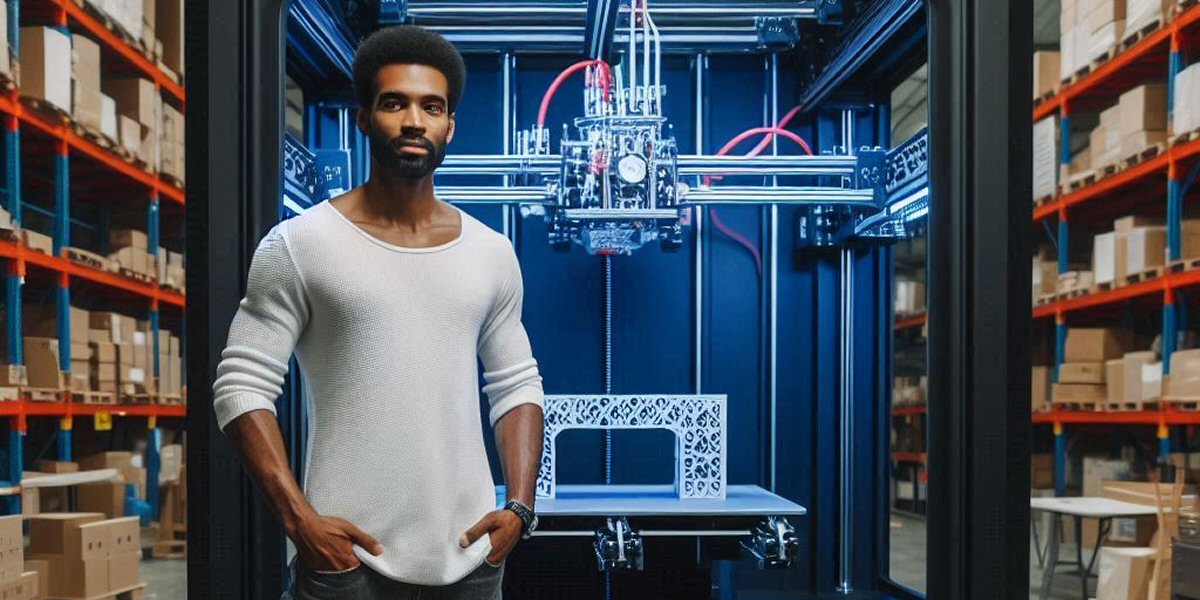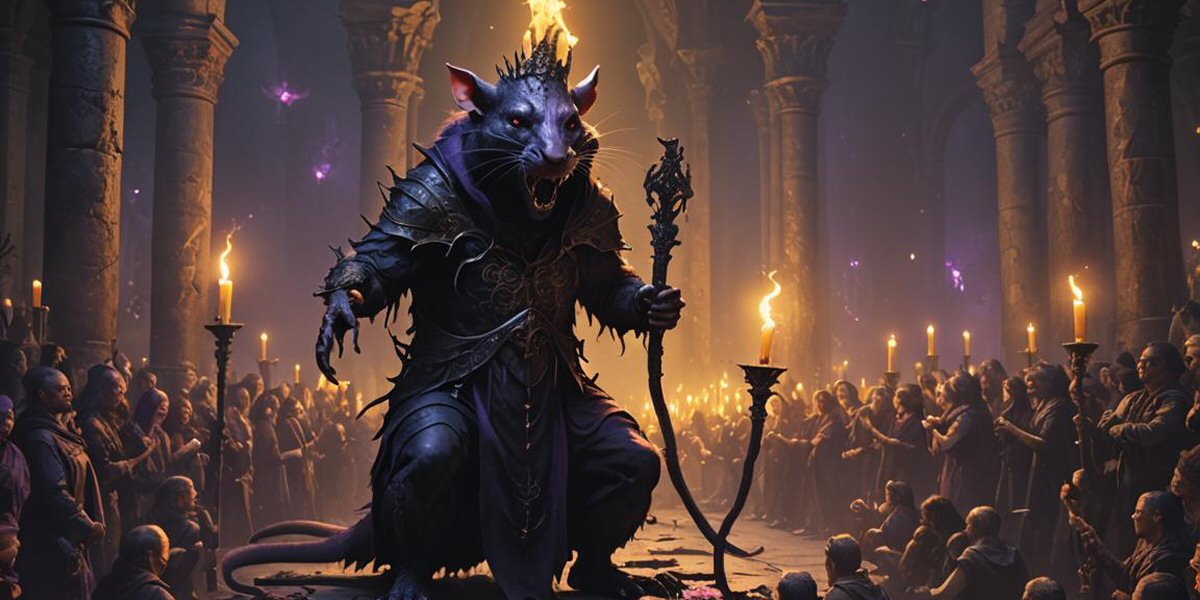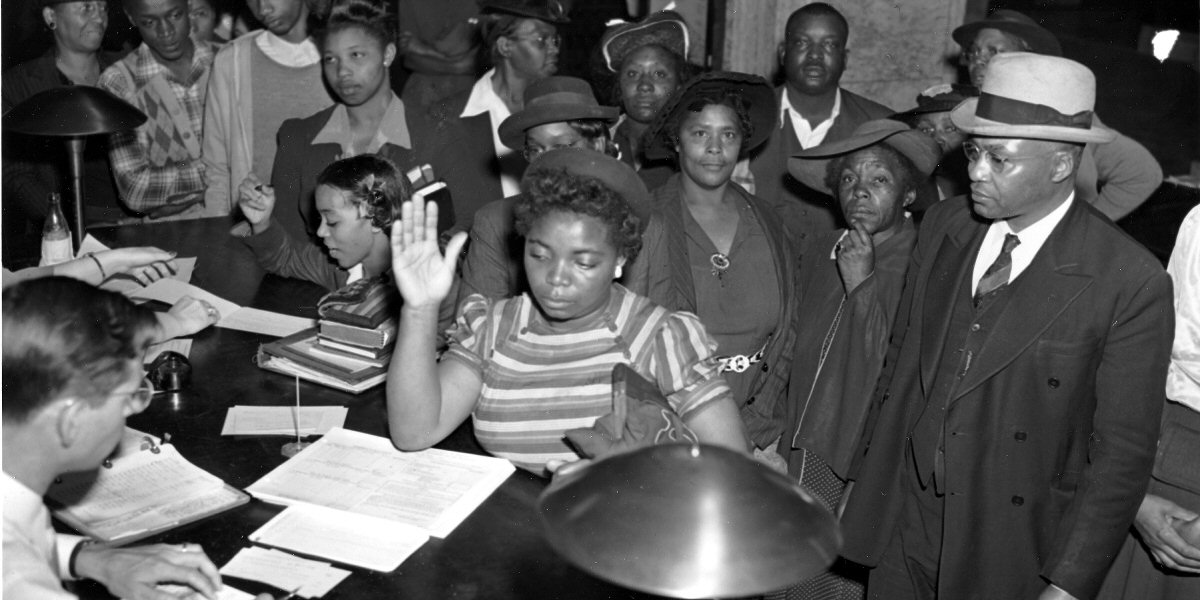Planning and Coding Event-Driven Businesses with Our Upcoming SDK

Once you figure out the event-driven paradigm, you will realize how awesome and how game-changing this system pattern is. You will realize the new type of digital-first firms you can launch and have a serious advantage in growth and scale in attracting customers and revenue growth. That’s why I have to talk about this the third or fourth time on Dream and Hustle and if you don’t figure this out, you just not going to make it in the 21st century, your competitors will destroy you if they got an event-driven system.
Event-Driven systems are not new; this is how your car operates; this is how video games operate; this is how automated stock trading operates. But we are in a paradigm where the same programming technique can be used to create a new generation of digital-first businesses and co-op businesses. I cannot release at this time more innovation breakthroughs we have but I’m trying to convince you this is the way, this is the future, learn how to do event-driven system.
We are going straight in with no chaser to help you get in. This code snippet is the Toshikiso SDK sample code on how to code out an event saga and an event saga task. Event saga is the reference to one or multiple tasks to take to complete in response to an event. In the code above a new saga was created called “New Membership Registration” and think of this as an event that is triggered when a person applies for a new membership with your gym club, your laundromat, your co-working space, your food truck park, your store loyalty program, your e-mail list subscription platform, your streaming platform – ok, you get the possibilities.
What will happen and looking at the code, your application whether it is a kiosk, a mobile app, or a desktop application will write to an event database with the text “NEW_MEMBER_REGISTRATION” and pass the data regarding the new membership. You will not write database insert code because you will be creating low-code where you write a few lines and the platform do the heavy work in the backend.
In the next set of code snippets, you see we created a saga task that is part of the “New Membership Registration” saga event. In the code, you will see the task is “Generate Digital Access Card” and this is the tokenize access card on a mobile device that allows a person to check-in with your business when they arrive and need to show they are a member. Now you can create more tasks for new member registration such as send email greetings, add them to a newsletter, send them a refer-a-friend link, all of these are multiple tasks that can go under the event saga, and all operate independently by a microservice dedicated to processing each task.
This is all the code you have to write to enable these tasks to operate a new membership registration. Many people will refer to this as workflow automation but the workflow is linear, this is an event sourcing system where an event is published and a saga orchestrate all of the necessary tasks for microservices to complete. If you realize by now, this is some take-your-job stuff this system is doing. This allows you to startup a digital-first business to side-hustle and lets it automate until it becomes your main hustle.
Please note Early Adopters will have access to the Toshikiso SDK and will be able to build out next-gen stuff. The Early Adopters will be able to create an event-driven system where they can create a dating site where a person submits their preferences and the event-driven system will send them a new list based on their updated preferences with the data provided while having another task notifying suitors a new person share a common interest – this would be hard to program or a burden with the old way of coding.
Early Adopters can create a private bar where members log a successful authentication and authorization to enter the private bar and additional tasks such as add +1 to the visitor metric, check free drink allowance and send a tokenized coupon to their mobile phone, inform the staff the member has arrived and assigned them a seating area with their preference. See, they can automate all of this catering for a member who just walked in the door.
Early Adopters can create a podcast streaming platform where a member downloads a non-fiction podcast on cooking and making drinks. An event is recorded the podcast has been download by a certain member and a task can create a new recommendation list of similar shows to recommend to the member and also send a royalty payment task to the podcast producer in real-time from the event to send payment.
Meanwhile, folks who were trying to ignore and be dismissive of real folks like Ed Dunn, they going to be still laughing and joking at some clown charlatan on YouTube and staying basic. They going to be chasing some get rich scheme that doesn’t work for them but read propaganda online the get rich scheme work for other people. They going to come to someone on our platform and try to add a comment. That application going to log an event called comment_added with the username, IP address, and comment and a task will send it to a microservice that checks if the comment is negative tone, has curse words, or is likely written by an illiterate broke clown. And if that comment is improper, a new event will record that comment in a social credit system by a microservice and that clown will be handled in the background and shadow-banned, we not playing with fools in 2021.
A microservice can respond to an event and write another event for another microservice to follow up. We do this in our membership registration where after an address id has been created, an event is created to state an address has been assigned and this trigger will create private keys to electronically sign on the blockchain or digital contracts.
Once again, we just touching the surface of how event-driven business models work. Amazon automated stores operate on an event-driven system. You can create your own where the customer has a mobile app that broadcasts a Bluetooth address to identify they enter the store. Events are recorded when they pick up an item and that item is added to their shopping list. It can tell when a customer exit the store (Bluetooth signal fades out) and you charge payment and send your customer a receipt.
We will discuss later how to create a co-op business model that is driven by events and the blockchain where multiple people can work with profit-sharing based on the events taken by any employee from cleaning the floors to ordering the inventory, all defined as events driving a business daily operation. We have new paradigms of platforms such as Unionization-As-A-Service (UAAS) where we can help employees unionized quickly with a ready-made platform to process memberships, dues, record events, digital contracts, voting, and more.
HustleSpace will be a library of business models that are event-driven and we will be listing events that run these business models. We will have HustleSpace wired up to where a subscriber can press a button and that business model is created like a script in the Toshikiso platform and they are ready to start their business and we will have update service packs to improve that business model with new event capabilities – yeah, I know, we handled this hard, didn’t we?
Look how far and fast and advanced we moved on these characters out here still joking and fronting on social media and YouTube. Look how low-code those with access to the Toshikiso platform can create future-facing global digital-first business models. Cats out here trying to hedge ignorance and hoping I didn’t handle anything or had anything going and now they all quiet. Sorry, but we are global and I got Japanese customers interested in creating digital-first business sectors as well as other Asian nations right now but yall can talk in your little Black circles and think I’m a crab in your barrel.
Look, these folks are not ready, we got future systems getting online, originally designed for our brothas and sistas but they chased stupid so we got to focus on building out for those who want to go and get it. Event-driven systems is the future and the way, please learn more on how this design pattern works.






















